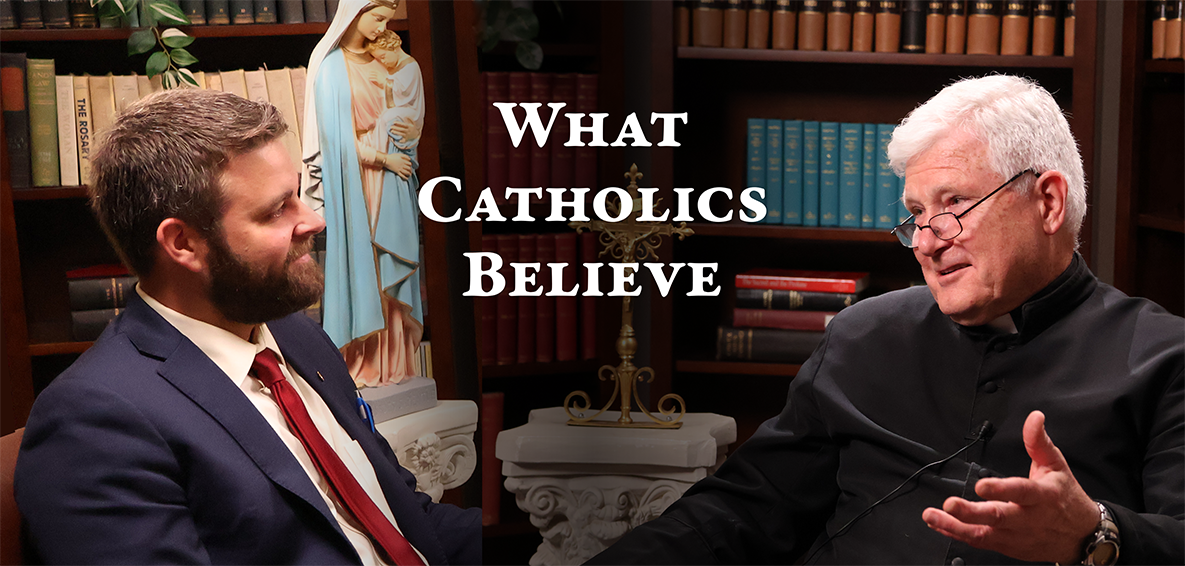Rome Series: Church of the Gesù
Students sing in front of the tomb of St. Ignatius of Loyola in the Church of the Gesù in Rome.
This noble church, one of the most frequented in Rome, was built for the Society of Jesus between the years 1568-1584. The interior is exceedingly rich and ornate, the profusion of decorations in marble, bronze, gilding, and fresco painting being almost bewildering. The ceiling, dome, and apse glow with frescoes, the best work of Baciccio; its altars are adorned with rich bronzes and sculptures; its walls are incrusted with costly marbles; its pavement is inlaid with porphyry and other precious stones; its sanctuary and side-chapels are bright with lamps kept constantly burning.
The church is rich in the traditions of the Society and in the memories of its Saints. The body of St. Ignatius, translated in 1587 from the little Church of S. Maria della Strada (now destroyed), is here enshrined, and for three centuries his sons have kept watch over his relics. The body of St. Francis Borgia rested here for a short while, till transferred to Madrid in 1617. At the altars of the Gesù often prayed and served Mass those angelic souls, SS. Aloysius and John Berchmans. Beneath its pulpit often sat St. John Berchmans listening to the sermons and instructions, himself preaching the while by the eloquence of his wonderful modesty and recollection. Before its shrines knelt Blessed Rodolf Aquaviva, Blessed Ignatius Azevedo, Blessed Edmund Campion, and many other illustrious martyrs and missionaries. In the chapel near the entrance to the sacristy are said to have been buried the first companions of St. Camillus de Lellis. At the altar of St. Francis Xavier, St. Benedict Joseph Labre received Holy Communion just before his death. (Pilgrim Walks in Rome)

